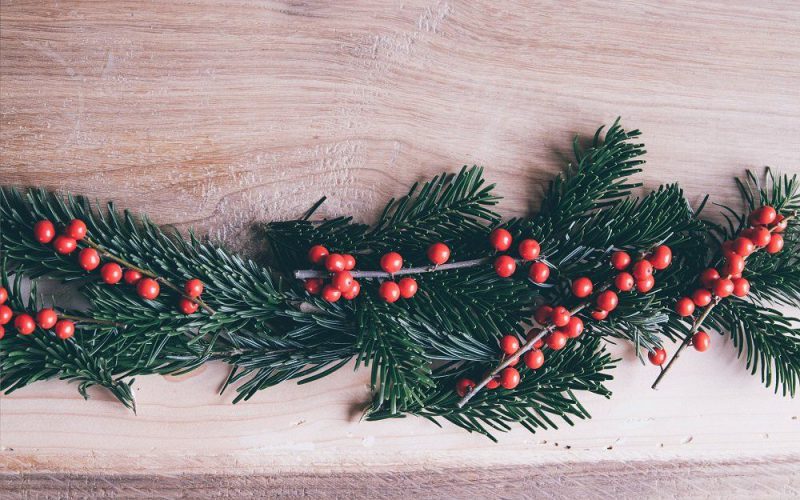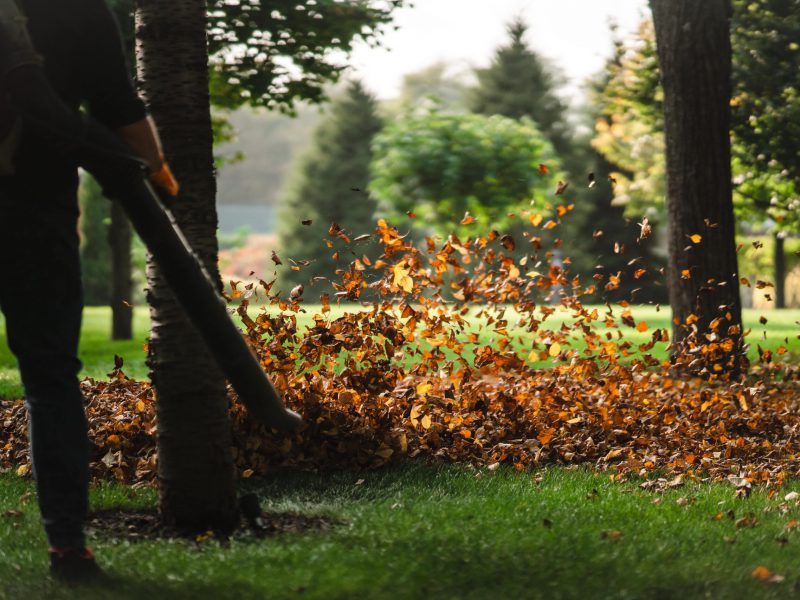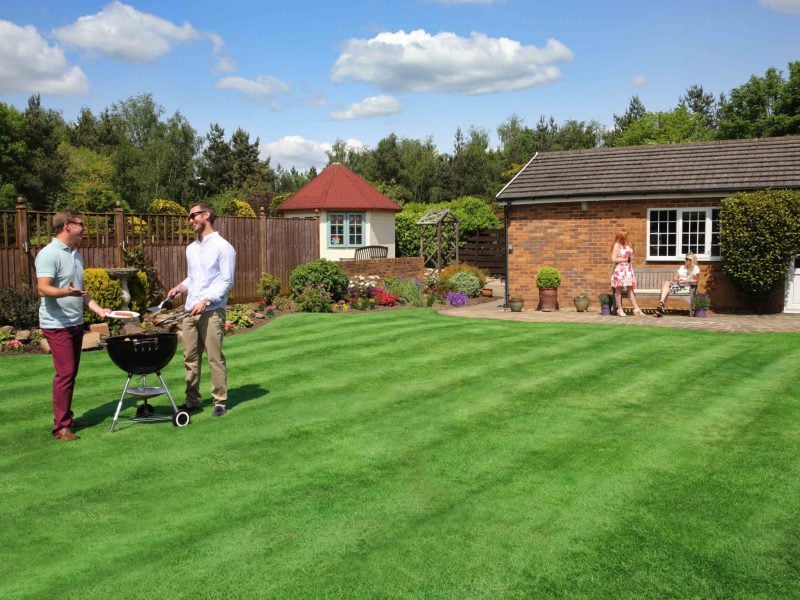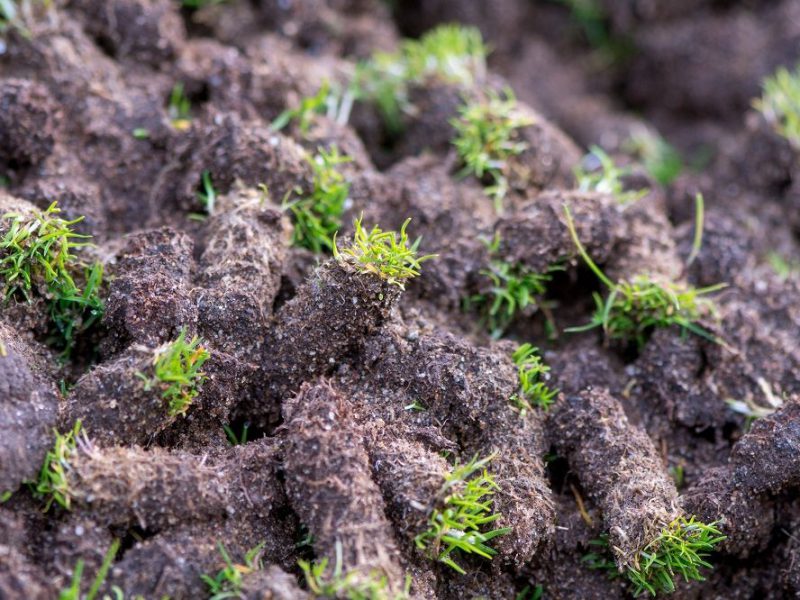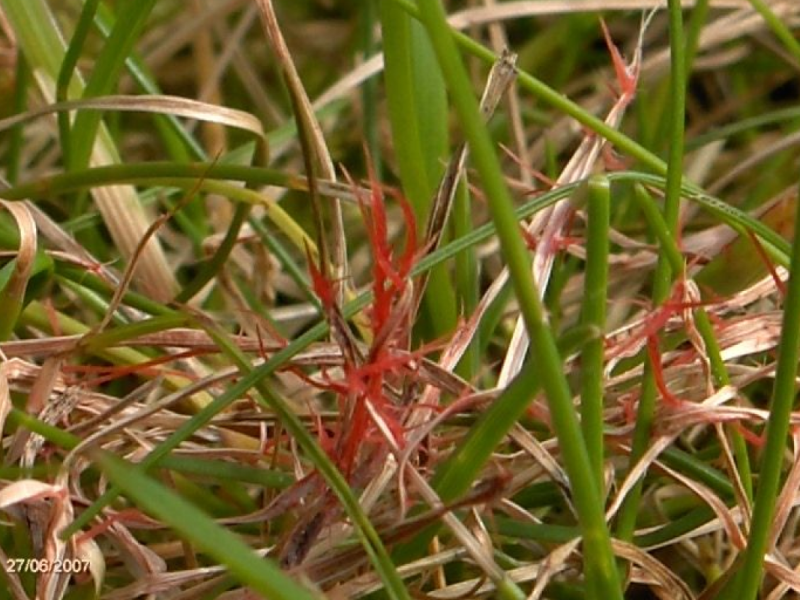It can be expensive to buy Christmas decorations, but there’s a whole host of decorations you can find just outside your door! Your garden can provide loads of material to create beautiful decorations and we at Greensleeves Lawn Care have pulled together loads of ideas for you to try!
Wreaths
Wreaths are a fantastic way to bring some of the winter garden into your house (or hanging on your door!). They’re a traditional symbol of the season that mean different things to different cultures. In Pagan culture, the circle represents the cycle of life and a sign that although it’s winter, spring will come again. To Christians, it mirrors the crown of thorns that Jesus wears in the Easter story, the red berries symbolising blood. It’s a reminder of the importance of Christmas in relation to the whole Biblical story.
Wreaths can be made out of lots of material you find in your garden including willow branches, grapevine, holly, fir, cypress, variegated ivy, rowan berries and bay’¦ to name a few!
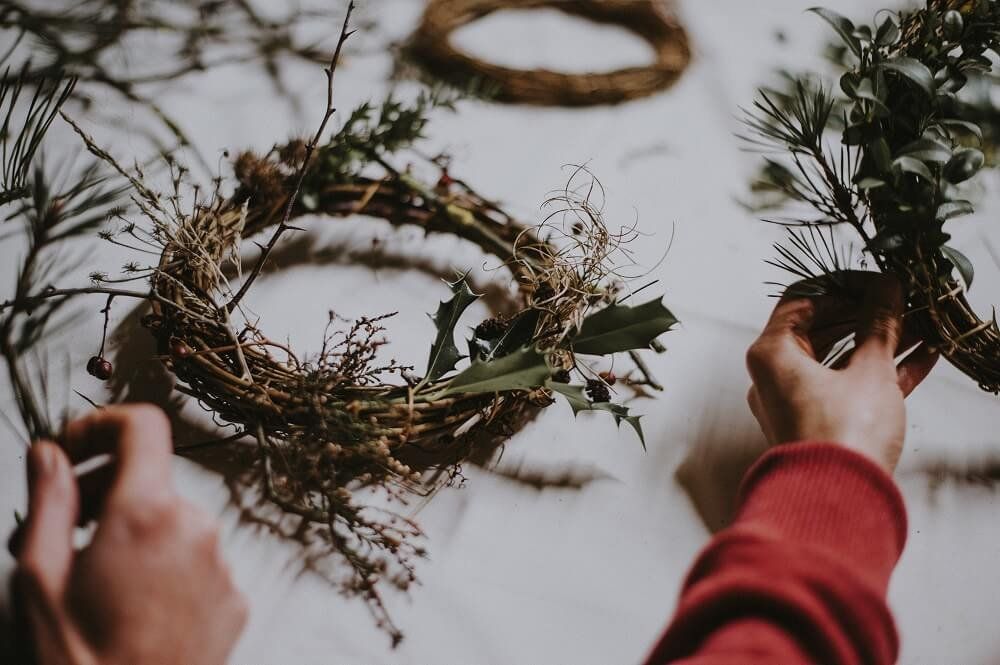
How to Make a Wreath
1. The base
You can make a base out of a flexible and pliant plant such as willow branches or grapevine. Create a strong base by wrapping multiple times, creating thick layers to ensure your wreath has volume.
Fix into place using florist wire or garden wire. You could also try using string or simply tucking and knotting the plant branches around themselves so they stay into position, but this is much harder and less secure than using wire.
You can also make a base from a coat hanger or buy a wire frame — although these aren’t as full as a traditional natural base. You can also find floristry foam bases into which plants can be inserted which create a full base with depth.
Ensure you securely attach a wire loop so the wreath can be hung!
2. Collect plants
Collect seasonal plants for your garden. So many different plants can be used in your wreath to achieve whatever look your aiming for. Holly, ivy and fir branches all work well as they look very seasonal and festive. The bright holly berries bring a lovely bit of colour and they’ll also last through the whole of December.
3. Wrap, Tuck and Decorate!
This is the fun part! Tuck the plants you’ve collected into the wreath base, securing them with wire where necessary and ensuring that the whole base is covered. Mix different plants together and arrange them into a beautiful design.
Hang your wreath inside or out on doors, windows and mantelpieces.
Silver Pinecones
You garden will be full of material such as pine cones and branches that can make fantastic decorations. Collect materials and leave them by the fire or heater to dry out. After a day or two, spray paint with silver or gold.
They can then be used to decorate tables, sideboards or any surface!

Branches
The same can be done with branches. Use a branch that has lost all its leaves but has a nice splay of branches and twigs coming off it. You don’t want it to be too big so it can still be displayed easily in your home.
If it’s damp, dry it out as much as possible by leaving them in a warm area. Spray paint using silver paint. You can then prop it up in a large vase or pot and decorate with fairy lights. It’s a very easy decoration that looks more expensive than it really is!
Winter Flowers
Picking a selection of winter flowers and displaying them in your home is an incredibly easy way to decorate for Christmas — it only requires as much creativity as you want to give it! Be sure to only pick flowers from your own garden as it’s illegal to pick flowers in public places such as parks.
Winter Jasmine, Snowdrops, Amaryllis, winter roses such as Camellia and Christmas Rose, Sarcococca and Clematis all flower in December and make for great flower arrangements.
Holly
Holly is one of the most traditional winter plants to use to decorate your house in December. The bright red berries look beautiful on tables and by doors. You can cut the holly and keep the branch in water until your ready to display it, but it’s best cut fresh from the bush.
Mistletoe
Mistletoe is actually a hemiparasitic plant, which means it grows on other trees. It uses the host tree for water and mineral nutrients but has its own leaves which it uses for photosynthesis.
If a mistletoe plant becomes too big, it can kill the branch or even the tree which it’s growing on, but as long as you control the plant, you can grow it in your own garden without causing problems.
It can be grown on apple, hawthorn, lime and poplar trees most easily, although it can also grow on maples, willows, plums and rowans. It does grow extremely slowly, taking years before it produces berries. If you have a small amount of mistletoe in your garden, you might want to leave it until next year so it has more time to grow.
Otherwise, snip some mistletoe off the plant and tie it with string or ribbon. Hang it in doorways to steal a kiss from that special someone!
There are loads of other ways you can use things in your garden for Christmas decorations, get creative and have a go!

